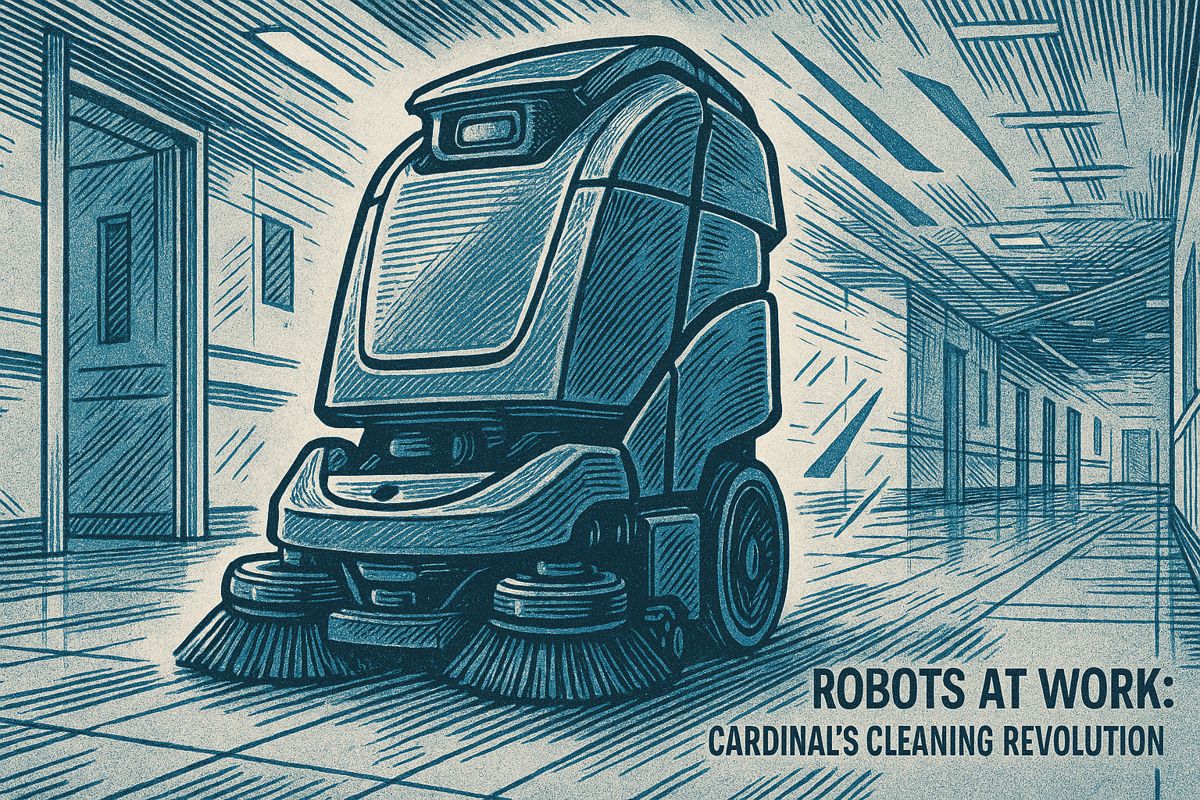As CIOs pursue strategies for 85% automated customer service by 2025, balancing AI efficiency with human empathy has become the central challenge. The most successful modern service models are hybrids, where technology scales operations while preserving the essential human touch for complex or sensitive issues.
This blended approach is now standard on leadership roadmaps. SuperAGI projects that while 85% of customer interactions will soon be managed without a human agent, seamless escalation paths to people are non-negotiable (SuperAGI). Similarly, German firms anticipate 43% of inquiries will be fully automated within five years, which frees human agents to focus on high-value, nuanced cases (Octonomy). CIOs already report that this collaboration yields a 30% reduction in response times and a 25% increase in customer satisfaction.
Why the blend works
CIOs are structuring hybrid service models that use AI to handle high-volume, routine inquiries instantly. This reserves human agents for complex, emotionally charged situations requiring nuanced problem-solving and empathy, ensuring efficiency does not sacrifice the quality of customer relationships or trust.
The success of this strategy stems from aligning the unique strengths of AI and human agents. AI offers unparalleled speed and 24/7 availability for pattern-based tasks, while humans provide the emotional intelligence required for building trust. This synergy unlocks three core advantages:
- Consistent Speed: Chatbots and automated systems resolve routine questions in seconds.
- Deep Personalization: Algorithms can suggest next-best actions, which human agents then enrich with contextual understanding.
- Revenue Protection: Empathetic agents are uniquely equipped to salvage high-value, at-risk accounts that an automated system might lose.
Establishing Ethical AI Guardrails
As AI’s role expands, ethical governance is moving to the foreground. Customers and regulators alike demand transparency. A 2024 Capgemini survey revealed that 73% of consumers want to be clearly informed when they are interacting with AI. In response, forward-thinking CIOs are embedding critical guardrails into their AI strategy:
- Quarterly audits to detect and mitigate bias.
- End-to-end encryption for all sensitive customer data.
- Mandatory bot self-identification at the beginning of every conversation.
- Clearly documented escalation protocols for a seamless handoff to human agents.
- Continuous model refinement based on live feedback and performance.
The importance of a smooth escalation path cannot be overstated. Research from Netfor found that 88.8% of users expect an easy way to reach a person during complex interactions (Netfor). A failure at this critical step erodes customer trust far more quickly than a slow response time.
Upskilling the Workforce for AI Collaboration
The shift to AI-driven service doesn’t eliminate jobs; it recasts them. According to Octonomy, new roles are emerging that prioritize emotional intelligence, strategic relationship management, and prompt engineering. Progressive CIOs are investing in training programs that build AI fluency, teaching agents to:
- Critically interpret AI-driven recommendations rather than blindly accepting them.
- Identify and flag instances of model drift or biased outputs.
- Clearly communicate the company’s data privacy commitments in simple, understandable terms.
Measuring Success Beyond Cost Savings
The ROI of a hybrid service model is measured in more than just operational efficiency. While boards appreciate metrics like a 17% jump in customer satisfaction from mature AI adoption (IBM research) or a 15-20% uplift from “next-best experience” engines (McKinsey), CIOs are focused on a more nuanced picture. They warn that these gains have a ceiling; satisfaction plummets if customers feel trapped in frustrating bot loops. Consequently, the next frontier for competitive advantage is ensuring seamless, context-aware transfers between AI and human channels.
The Strategic CIO: Looking Ahead
With Gartner forecasting that one-third of enterprise software will feature native AI by 2028, the trend toward integration is accelerating. In this landscape, robust governance will be what separates brands that build lasting loyalty from those that suffer public missteps. The role of the CIO is becoming more strategic than ever, requiring a clear vision where scalable intelligence and genuine human empathy are not competing priorities but are advanced in lockstep.
How are CIOs structuring teams so 85% of service interactions can be automated without eroding trust?
Human-AI hybrid squads are the new norm. CIOs divide the queue so AI tackles high-volume, repetitive questions (order status, password resets, balance checks) while human agents reserve capacity for complex, emotionally charged cases that demand empathy and creative problem-solving. Gartner notes that companies using this split report 30% faster response times and 25% higher satisfaction scores than either all-bot or all-human models. The trick is frictionless hand-off: context travels with the customer, so no one has to repeat their story. Training budgets are shifting toward emotional-intelligence upskilling for agents instead of scripting, ensuring people add value where algorithms stall.
What ethical guardrails prevent bias or privacy leaks when bots handle most conversations?
Bias audits every quarter, transparent bot disclosure, and explicit consent for data reuse are now baseline policies. CIOs start with diverse training data (language, region, age, gender) and run fairness tests before each model update. Customers must be told when they are chatting with AI and can opt out of having their conversation mined for future training. Encryption, role-based access, and automatic purge schedules keep PII from lingering in vector stores. If a decision is disputed (a declined refund, for example), a human reviewer can explain and overturn the AI call within minutes, satisfying both GDPR “right to explanation” and brand-trust expectations.
Does pushing automation to 85% actually improve customer satisfaction, or do people still want humans?
Satisfaction rises when the 85% is invisible plumbing, not a wall. McKinsey’s 2024 study shows 15–20% higher CSAT among firms that use AI to speed up routine steps but keep a “human on demand” button visible. Netfor found that 88.8% of consumers expect an easy escalation path; when that path is one click away, sentiment scores climb up to 27%. The key metric is “time to empathic agent” – if a bot cannot solve the issue in under 90 seconds, routing to a human preserves trust. Companies that hide the exit or force endless bot loops see the opposite effect: 50% of users distrust AI when they feel trapped.
Which new roles appear inside IT and service organizations once bots run the front door?
Conversation designers, empathy supervisors, and bot ethicists are joining the org chart. Designers craft intent libraries that keep bot language warm and on-brand; supervisors monitor live sentiment dashboards and inject empathetic language into bot scripts before complaints spike; ethicists audit decisions for fairness and regulatory drift. Frontline agents move into customer-success coach positions, using AI-summarized histories to solve root-cause issues instead of repeating answers. CIOs report these roles increase agent retention by 18% because staff trade repetitive tickets for higher-value, strategic conversations.
How do CIOs measure ROI when the biggest gains are loyalty and brand warmth rather than cost cuts?
They track a blended scorecard: cost-per-contact falls 40–70% with automation, but the board also watches “bounce-back” rate (customers who leave the bot yet buy again within 30 days), referral NPS, and churn aversion value (retention cohorts that interacted with hybrid service). One telecom CIO shared that every 1-point rise in post-interaction NPS adds $1.2M in annual upsell, outweighing the 30% opex savings. Dashboards now color-code empathy risk – if sentiment dips below 75% on escalated tickets, the bot flow is rolled back and retrained, ensuring short-term efficiency never erodes long-term loyalty.



















